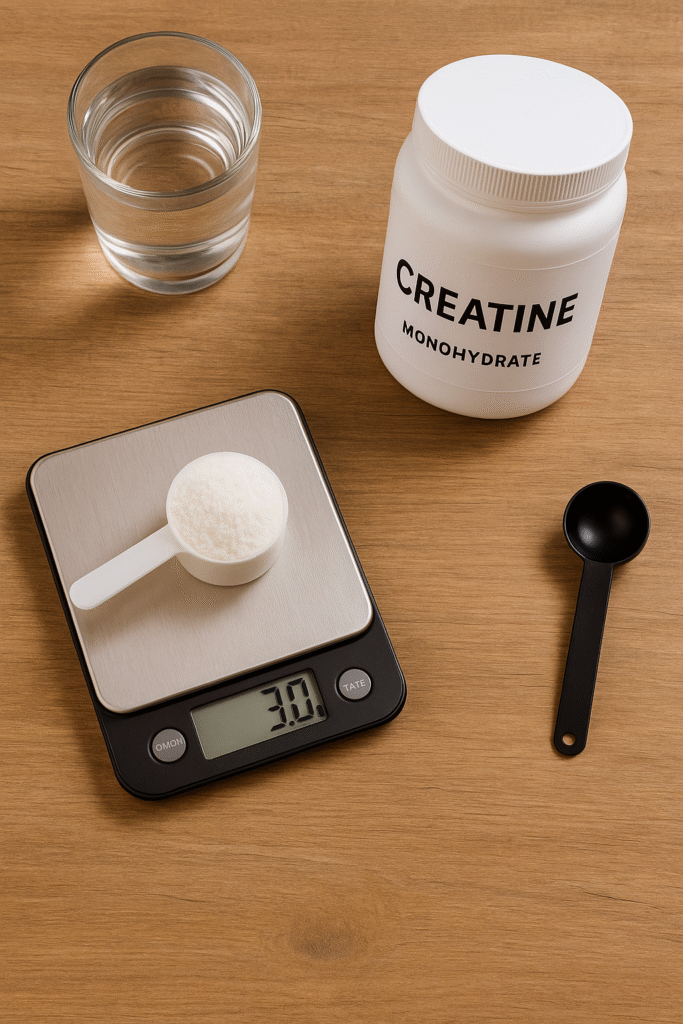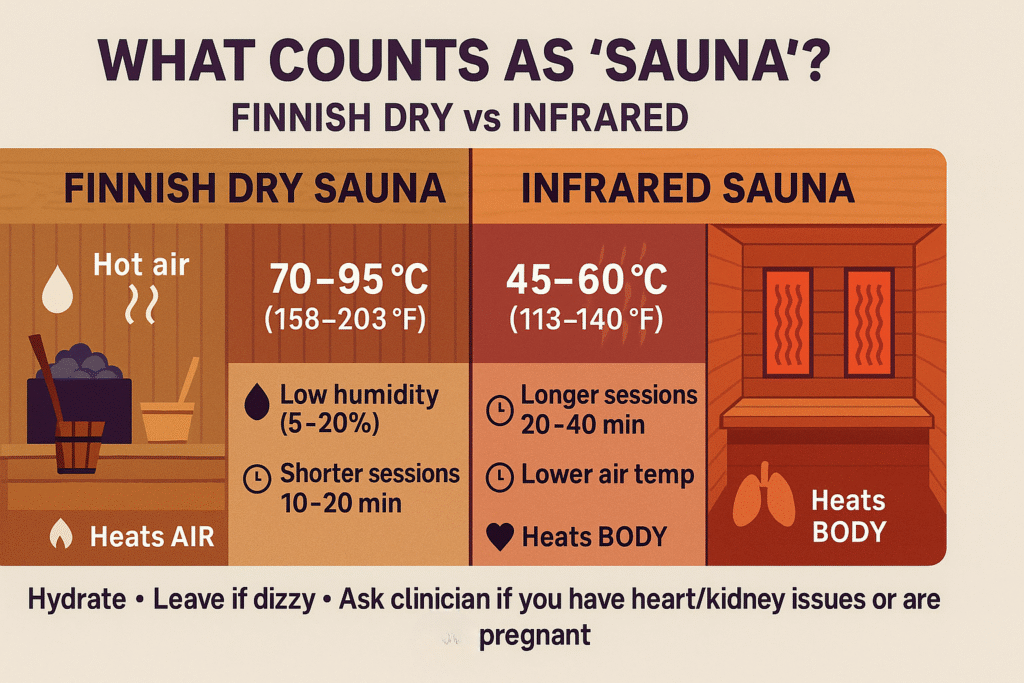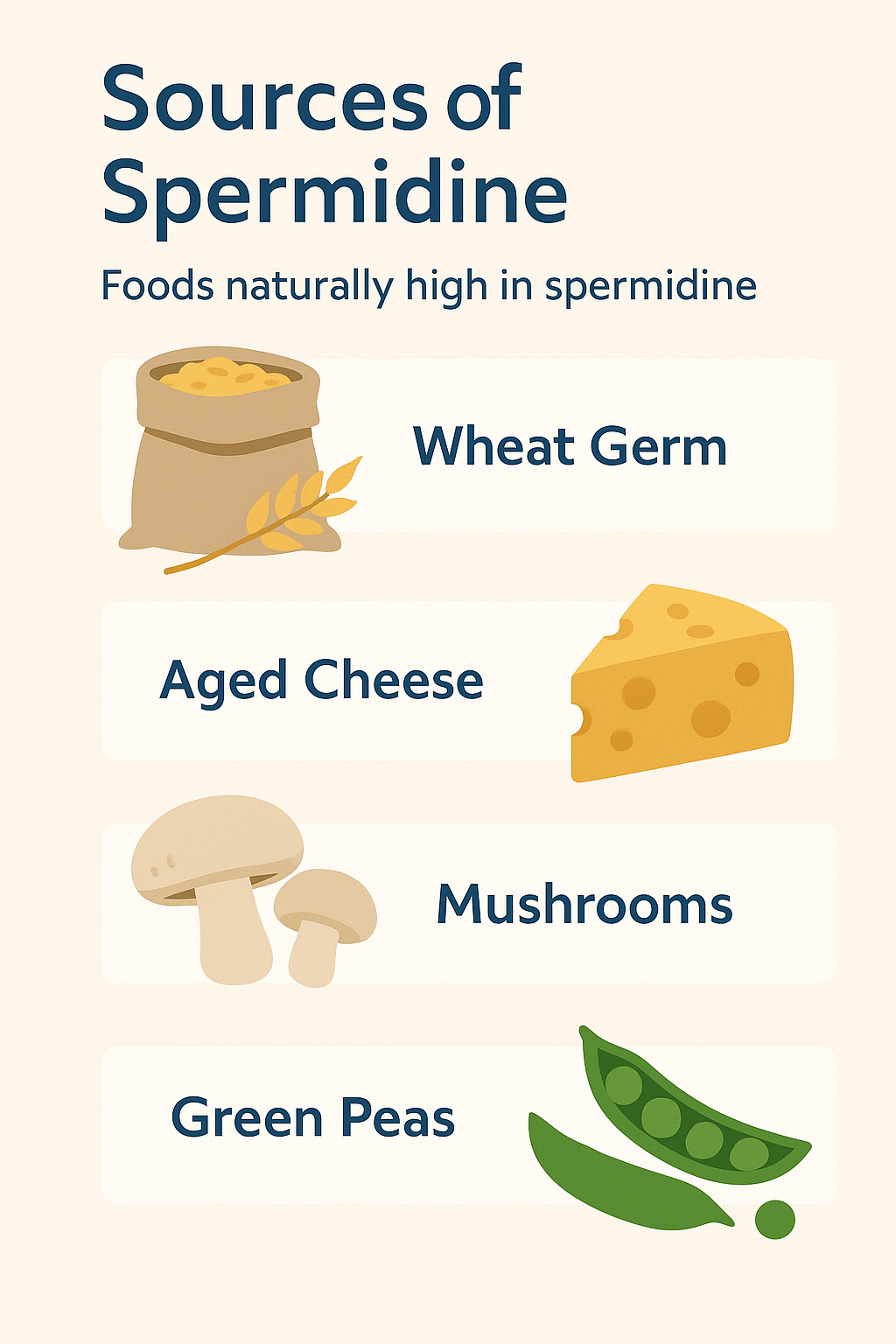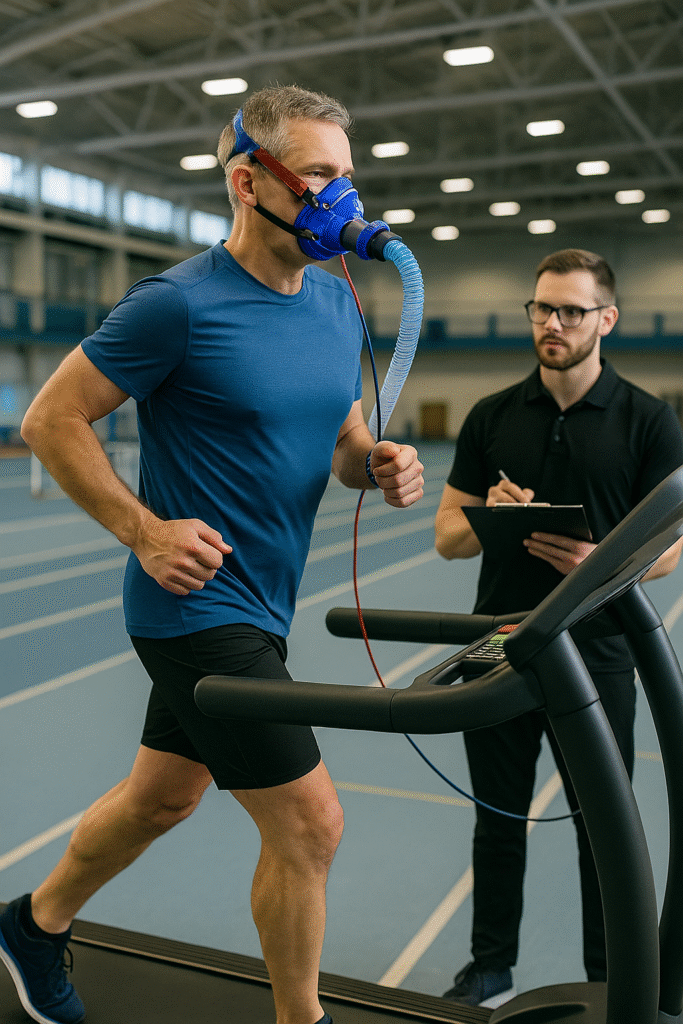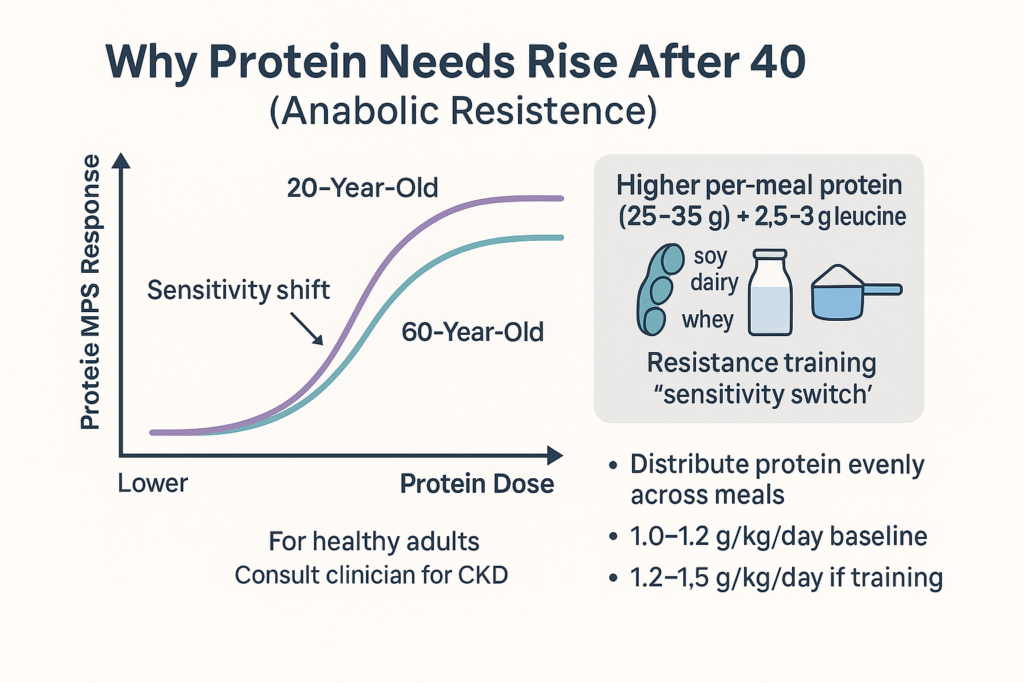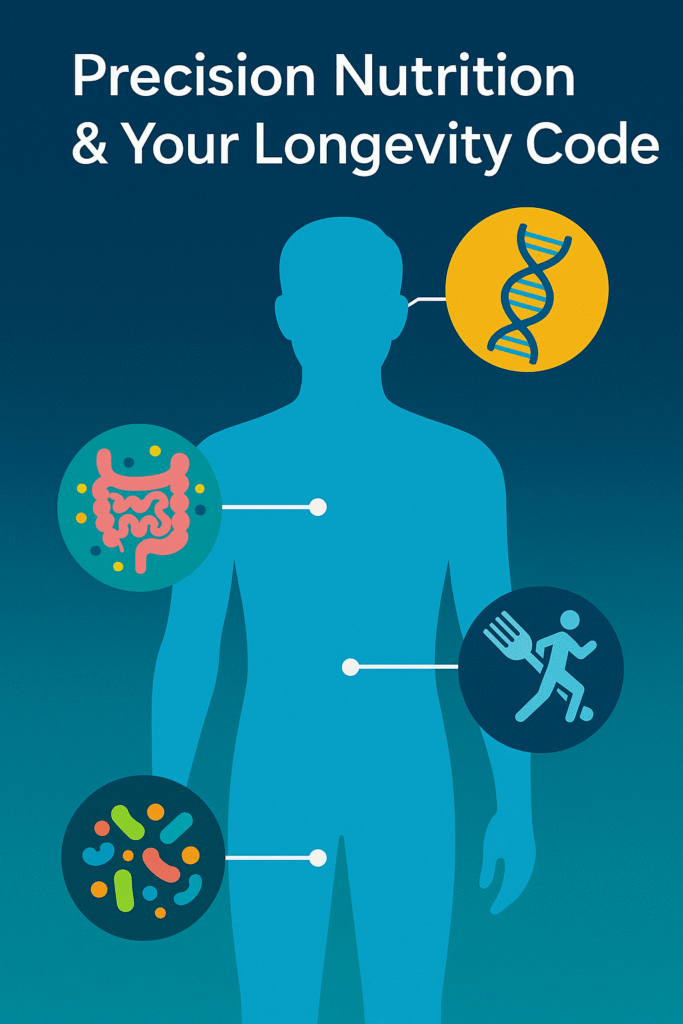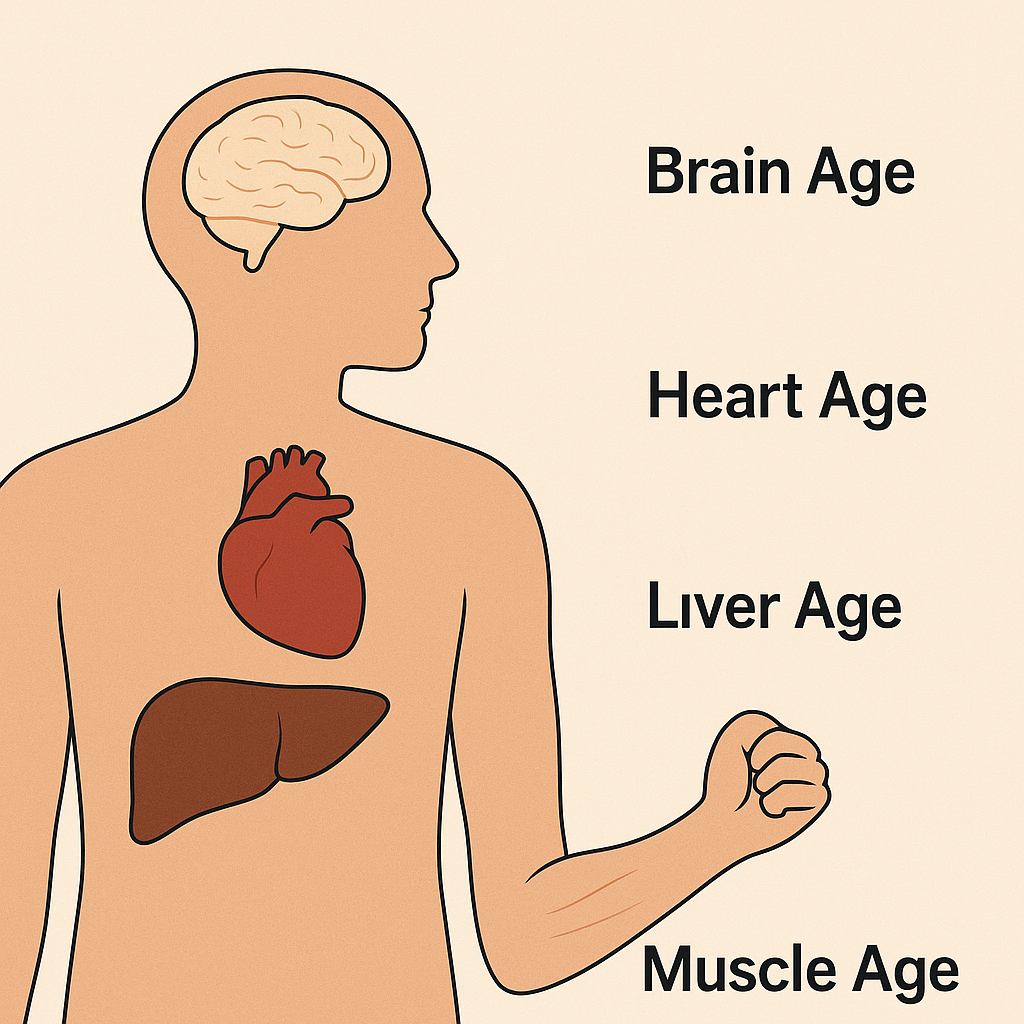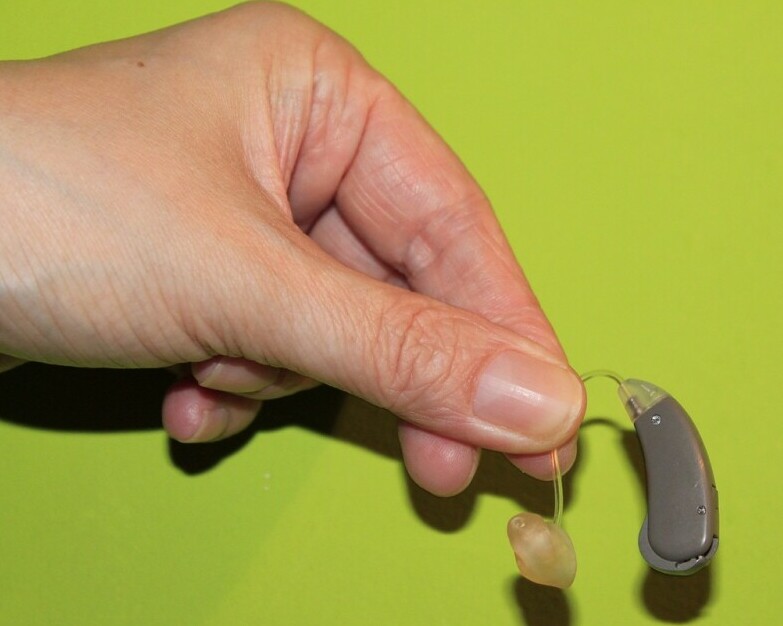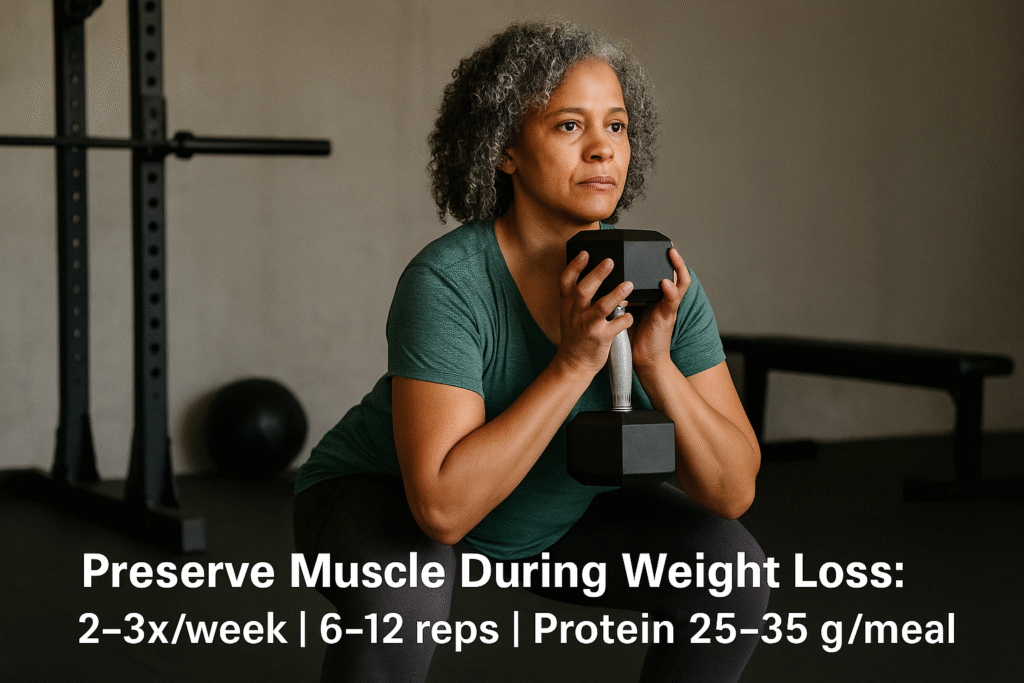Creatine isn’t just for bodybuilders. After 40, it’s one of the most researched and practical low costing supplement to help keep muscle, strength, stamina, and cognition on track. Here’s what 2025 evidence says, how to use it safely, and which products are worth considering. 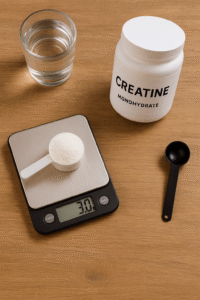
I currently supplement with Creatine in my hydration drink on rides since I find that Creatine helps by improving my recovery and I feel less fatigue after longer rides. I also mix Creatine with Scratch Hydration Mix and Coconut Water to enhance the taste and I find that I am less thirsty on rides due to this mixture. It should be noted that I do not supplement daily with Creatine since it has been found to add water weight by drawing water into muscle cells and I prefer to be leaner and lighter in body mass due to the advantages of the activities I participate in.
Science-backed
Strength & muscle: Creatine monohydrate, especially combined with resistance training, improves upper- and lower-body strength. PubMed
Safety (healthy adults): Major position stands and recent reviews conclude creatine is safe and well-tolerated when taken within guidelines. PubMed+1
Cognition: Emerging data suggests small but meaningful benefits in memory, attention, and processing speed in adults; more large trials are needed. PubMed
What creatine does (in plain English)
Your muscles and brain store creatine to regenerate ATP—the quick-release energy you need for lifting a suitcase, climbing stairs, or completing a heavy set of squats. With age, we naturally lose muscle and power; creatine helps you push back, particularly when you actually train. Meta-analyses consistently find the combo of creatine + resistance training beats training alone for strength gains. 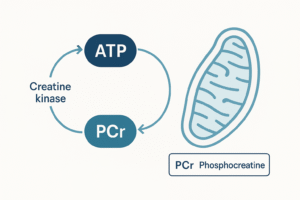
There’s also intriguing evidence creatine supports certain aspects of cognition in adults—think memory and attention—although scientists still want more robust trials to confirm effect sizes in older populations. PubMed
Is it safe after 40?
For healthy adults, creatine monohydrate is broadly considered safe when used as directed. The latest International Society of Sports Nutrition (ISSN) position stand (2025) and prior consensus reports conclude that creatine is well-tolerated, with adverse events rare at recommended doses. Earlier long-term data even reports safety at intakes up to 30 g/day for as long as 5 years in various adult populations. Sports Nutrition Society+1
Typical annoyances are mild water retention (usually inside muscle) and occasional GI discomfort, especially with big “loading” doses. A steady 3–5 g/day (no loading) and good hydration reduce these issues. Major medical sources similarly advise that creatine is “likely safe” for up to five years of oral use at appropriate doses. BioMed Central+1
Two important caveats:
Kidney disease or risk factors: Creatine can raise blood creatinine (a breakdown product) without harming the kidneys, which may confuse lab results; people with kidney disease or on nephrotoxic meds should get medical clearance first. Reviews that used rigorous kidney-function measures find no evidence of harm in healthy users, but call for caution in those with existing disease. PMC
Product quality: Recent testing found several creatine gummies severely underdosed (sometimes near zero), likely from heat/acid degradation during manufacture. Prefer powder from brands with NSF Certified for Sport/Informed Choice testing. WIRED+2NutraIngredients-USA.com+2
Bottom line: If you’re healthy, a simple 3–5 g/day creatine monohydrate powder is a conservative, evidence-based approach. If you have kidney disease or complex medical history, loop in your clinician first.
Ways to take it
Dose: 3–5 g/day of creatine monohydrate. The ISSN position stand endorses ~3 g/day for maintenance. Taylor & Francis Online
Loading (optional): You can skip it. Loading (20 g/day for 5–7 days) saturates stores faster but increases bloating risk. Health
Timing: Take it any time you’ll remember. Pairing with carbs/protein post-training is convenient, not mandatory.
Hydration: Drink water consistently through the day.
Pair with training: 2–3 days/week of progressive resistance training is where creatine really shines. PubMed
Buyer beware
Third-party testing matters. Recent independent testing found several popular creatine gummies contained little to no creatine, likely due to heat/acid degradation during manufacturing. Stick to powders and look for NSF Certified for Sport or Informed Choice seals when possible. WIRED
Product recommendations
 4.6$27.99Buy Now
4.6$27.99Buy Now5 g creatine monohydrate per serving; micronized powder for easier mixing.
Benefits: Widely available, budget-friendly, banned-substance tested.
Appeal: Great default pick if you want a mainstream, trusted powder with strong review volume.
We earn a commission if you make a purchase, at no additional cost to you.
11/19/2025 03:41 pm GMT 4.6$32.80Buy Now
4.6$32.80Buy NowPure creatine monohydrate with no additives; certification suited to drug-tested athletes.
Benefits: High quality control, simple ingredient list.
Appeal: Ideal for athletes and anyone who prioritizes third-party certification.
We earn a commission if you make a purchase, at no additional cost to you.
11/19/2025 03:41 pm GMT 4.5$21.10Buy Now
4.5$21.10Buy NowStraight-ahead creatine mono; large buying options offer strong value.
Benefits: Excellent price-per-serving; simple to stack with your current routine.
Appeal: Value hunters who still want reputable third-party testing across the brand’s sports line.
We earn a commission if you make a purchase, at no additional cost to you.
11/19/2025 03:41 pm GMT
Who benefits most?
Creatine consistently helps with strength and power—especially when paired with resistance training—and emerging research suggests cognitive benefits. Think of it as an easy add-on that works best when the rest of your routine (training, protein, sleep) is solid. 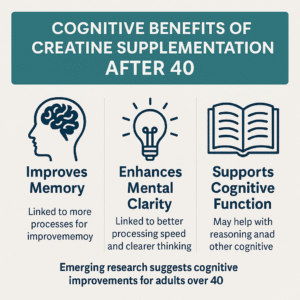
Adults 40+ starting/continuing strength training who want help keeping muscle and power. PubMed
Creatine consistently helps with strength and power—especially when paired with resistance training—and emerging research suggests small cognitive benefits in some groups. Think of it as an easy add-on that works best when the rest of your routine (training, protein, sleep) is solid. Sports Nutrition Society+1
Most likely to benefit:
Adults 40+ who lift 2–3x/week. Training is where creatine shines: meta-analyses and position stands find the combination outperforms training alone for strength and lean mass. Sports Nutrition Society+1
Lower baseline creatine intake (e.g., some vegetarians/low-meat eaters). Lower stores leave more room for supplementation to help, potentially for muscle and cognition. Frontiers
Cognitively taxed states (sleep loss or high mental demand). A 2024 randomized study using MRS showed a single dose of creatine helped processing speed and brain energy markers during sleep deprivation; older trials report similar findings after 24 h without sleep. Nature+1
Adults 40+ seeking small cognitive lifts. A 2024 systematic review concluded creatine may benefit memory, attention, and processing speed in adults, though effect sizes vary and more robust trials in older populations are needed. Some reviews describe the evidence as promising but mixed, so set expectations accordingly. PMC+2Frontiers+2
Practical take: If you’re over 40 and doing regular strength work, creatine is a low-friction way to support muscle and performance, with a reasonable chance of modest cognitive upside—particularly if your baseline intake is low or you’re under sleep/mental stress. It’s not a substitute for sleep, nutrition, or training, but it’s a well-supported assist when those basics are in place. Sports Nutrition Society
Smart FAQs
Will creatine make me bloated or puffy?
Short-term water retention in muscle is common, especially with loading; it’s typically mild and performance-neutral to positive. A steady 3–5 g/day minimizes it. Health
Do I need “Creapure,” capsules, or fancy blends?
Pure creatine monohydrate powder is the best-studied and most cost-effective form. Blends add cost without proven extra benefit for most people. PubMed
Is it safe with coffee or protein?
Yes. Mix with water or protein; caffeine is fine for most healthy adults. (If you’re sensitive to caffeine or have medical conditions, ask your clinician.)
What about my kidneys?
Healthy adults using recommended doses have not shown clinically significant harm in controlled research; if you have kidney disease or risk factors, get medical clearance first. PubMed+2Taylor & Francis Online+2
Conclusion
Creatine monohydrate sits in a rare sweet spot: it’s simple, inexpensive, and one of the most consistently supported supplements for adults who train. Used conservatively (3–5 g/day), it pairs especially well with 2–3 days/week of strength work to support muscle and performance—benefits that matter more as the decades stack up. For most healthy adults, the safety profile is reassuring when taken as directed; if you have kidney disease, are on nephrotoxic meds, or have a complex medical history, loop in your clinician first. Choose a straightforward powder (ideally third-party tested), stay hydrated, and give the plan 8–12 weeks before you judge results. On the cognition side, the emerging research is encouraging but not definitive; think of any mental lift as a modest bonus rather than the main event. Sleep, training, and protein are still the pillars—creatine can help you capitalize on them.
A simple starter plan
Weeks 1–12: 3–5 g creatine monohydrate daily + two days/week of full-body strength (squats or sit-to-stands, hinges/hip thrusts, rows/presses).
Protein: Aim for ~25–35 g high-quality protein with each meal to support training adaptations.
Check-in: Track strength (reps/weight), stair-climb time, and how your clothes fit every 4 weeks.
Bottom line: If you’re healthy and training at least twice a week, creatine is a low-lift way to support muscle and strength after 40—with a growing side bonus for brain function. Stick with powder, look for third-party testing, and stay consistent.
Disclaimer: All the content on this site is for informational purposes only, does not constitute medical advice, and does not establish any kind of patient-client relationship by your use of this website. I am not a health care professional. The information, including but not limited to text, graphics, images and other material contained on this website are for informational purposes only. No material on this site is intended to be a substitute for professional medical advice, diagnosis, or treatment. Before starting any new regimen, supplement, diet, or program, it is crucial to consult with a healthcare professional to ensure it is safe and suitable for your individual health needs and circumstances. Here’s a little transparency: This website also contains affiliate links. This means if you click and make a purchase, we may receive a small commission. Don’t worry, there’s no extra cost to you. It’s a simple way you can support our mission to bring you quality content.


